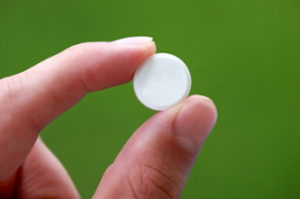
There has been a significant amount of discussion about the classification of the morning after pill (also known as Plan B).
Researchers have found that the drug can work in 2 ways to end a pregnancy.
First, it can damage the lining of the uterus so that the human embryo will not be able to implant itself and continue developing [1].
A second way is that it can cause the woman’s body to reabsorb the embryo, which has already attached to the womb, ending its life [2].
Thus, the morning after pill is best classified as an abortifacient, despite the fact that it also can prevent pregnancies. In fact, it reduces the expected pregnancy rate by 87% [3].
Plan B is currently available over-the-counter to girls under 18.
While it can prevent pregnancy, it does not protect against sexually transmitted diseases such as HIV, and it could lead to women using it repeatedly.
Also, the drug is extremely potent – one of the hormones it contains is at fifteen times the strength of normal birth control [4].
Although it was initially thought to be able to reduce the abortion rate by fifty percent, there has been no such decrease since its introduction to the public.
According to one medical physician, “the adverse consequences could be significant,” as the market for this drug is most likely young women [5].
——-
References
[1] American Life League. (2008). “How Does It Work?.” The Truth About the Morning After Pill. American Life League, 2008. Web. 26 Jun 2011. http://www.morningafterpill.org/how-does-it-work.html
[2] Ibid
[3] Physicians for Life. (1998)Emergency Contraception (Plan B / Morning After Pill)
http://www.physiciansforlife.org/content/view/191/36/
[4] Ibid
[5] DeCook, J. (2004). Plan B has now been made Available Over the Counter for Girls Under 18. (2004).
——-
Image from www.familypolicy.net